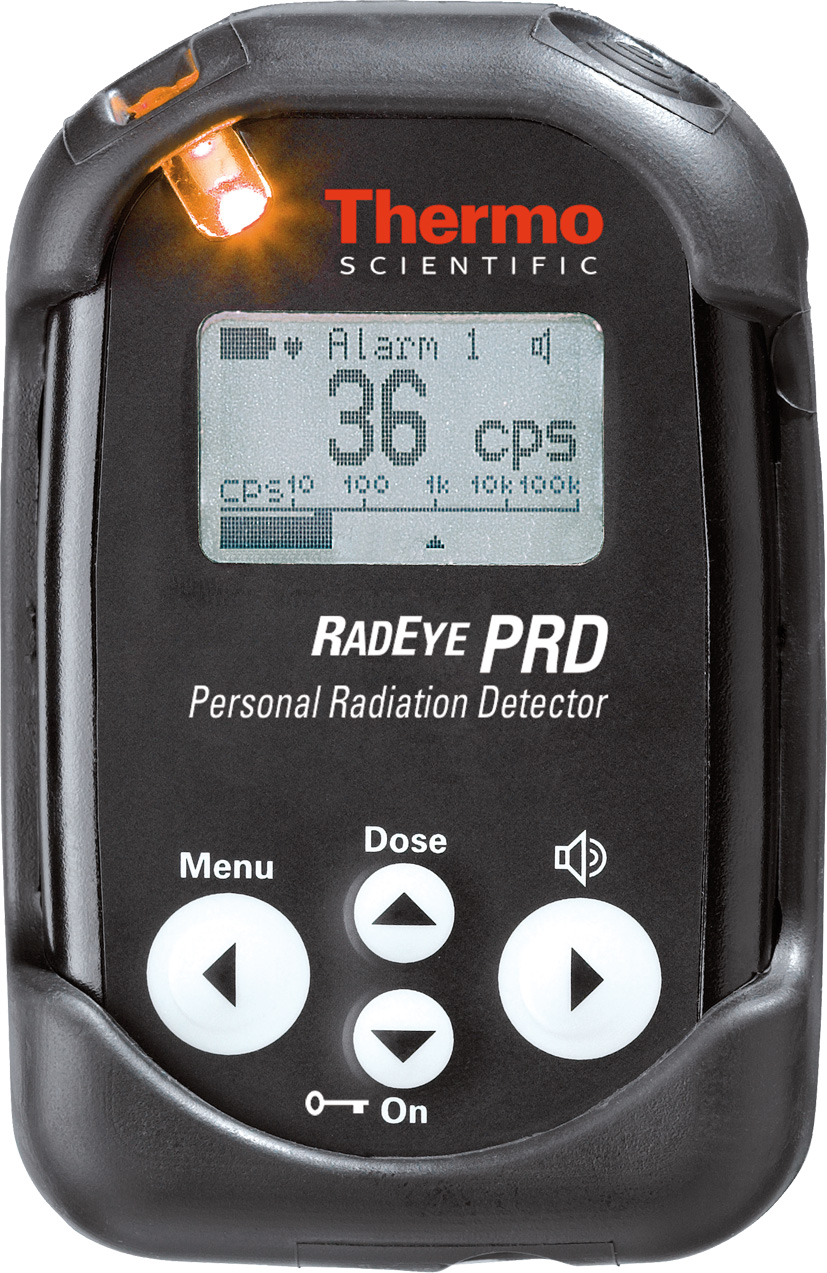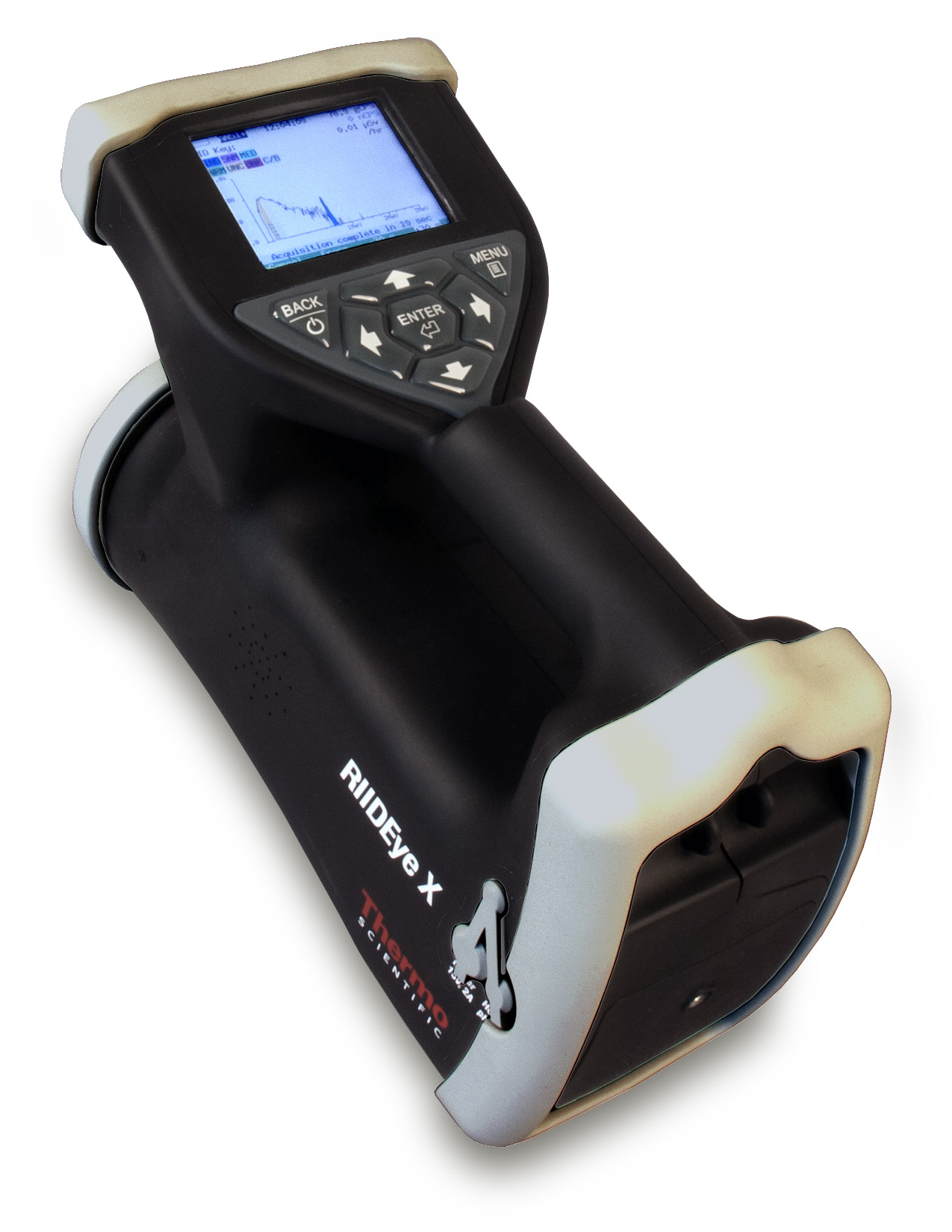How Scintillation Detectors Work
A scintillator is a material that exhibits scintillation - the property of luminescence (sparkles of light), when excited by ionising radiation.
Scintillation detectors are usually water clear crystalline materials and work better if they contain heavy elements, which are more likely to intercept a gamma ray within the material and absorb its energy. Sodium iodide doped with thallium is one of the oldest known scintillation crystals, and is still in common use today. Its high sensitivity is very desirable.
After absorbing a gamma ray, a scintillation crystal emits a pulse of light, usually in the visible spectrum. Various types of sensitive photo-detectors are closely coupled to the crystal so the tiny sparkles produced can be fed to the optical sensing part. For lower sensitivities, there are quite a few semiconductor light sensors that can be used. But for maximum sensitivity, nothing can beat the photomultiplier tube (PMT) for performance. Despite being fragile, bulky & needing very high voltages, PMTs are still found in the highest sensitivity scintillation detectors.
Modern developments in PMTs have led to fairly small tubes with excellent light to current gain, much better than semiconductor optical detectors.
The RadEye PRD from Thermo Scientific is an excellent example. It's easily held in your palm, yet it contains a sodium iodide crystal with a miniature photomultiplier tube.

Despite being popular, sodium iodide is very hygroscopic and can absorb humidity from the air and turn from a water clear crystal into a sloppy yellow sludge. To avoid that problem, there are some exotic new and expensive scintillation crystals available, Bismuth Germinate, Cadmium Tungstate, Lutetium Yttrium Oxyorthosilicate, Lanthanum Bromide and Caesium Lithium Yttrium Chloride (CLYC).
The CLYC crystal has been incorporated into the Thermo Scientific RIIDEye X-GN isotopic identifier.

If you have any questions about radiation detection technologies then contact ADM Nuclear Technologies. Our expert team is on hand to answer any questions you may have.
IS THIS INFORMATION USEFUL?
If so, why not share it with your peers and colleagues. Simply click on the blue LinkedIn share icon below.

